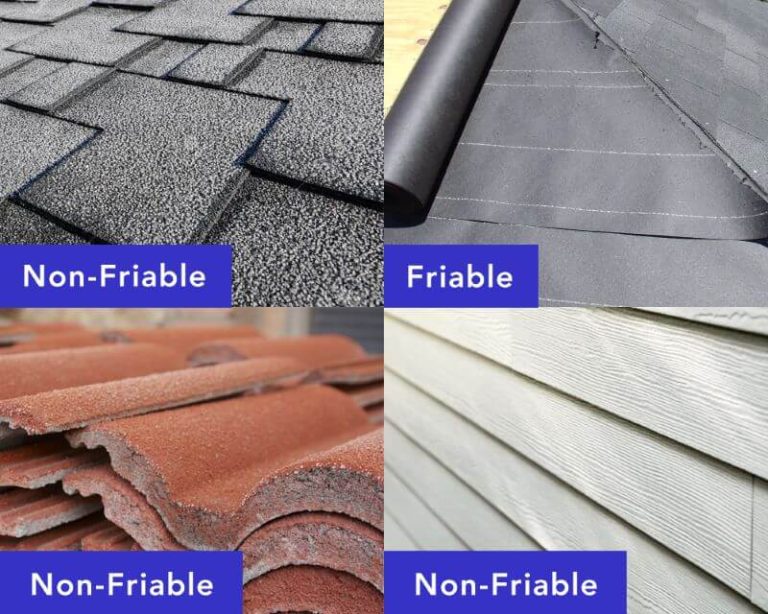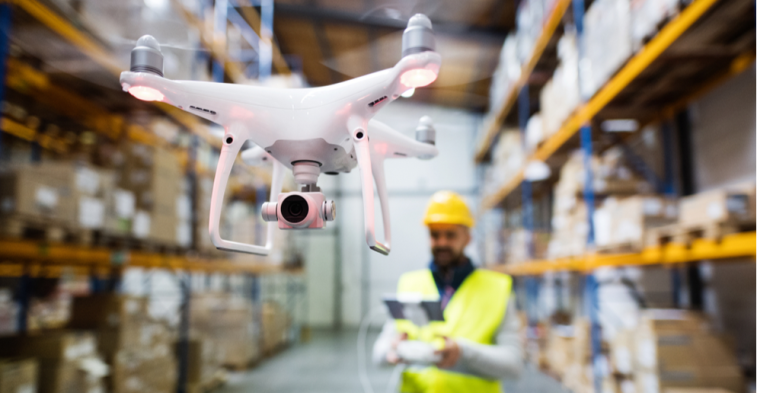The 4 Key Elements of Successful Commercial Building Maintenance
Commercial buildings are a significant investment, and proper maintenance is essential to protect that investment. Whether you own or manage a commercial building, regular upkeep is necessary to ensure that it’s structurally sound, safe, and functional. In this article, we’ll explore the four essential elements of successful commercial building maintenance.
Commercial buildings serve various purposes, from office buildings, retail spaces, and medical facilities to manufacturing facilities and warehouses. Regardless of the type of building, regular maintenance is essential to keep it in good working order and prolong its lifespan. A well-maintained commercial building can reduce operational costs, increase the value of the property, and ensure the safety and comfort of those who use it.
1. Preventative Maintenance
Preventative maintenance is essential to prevent costly repairs and minimize downtime in the future. It includes regularly scheduled checks and maintenance of crucial building systems such as:
HVAC System Maintenance:
Heating, ventilation, and air conditioning systems require regular maintenance to ensure efficient operation, energy savings, and a comfortable work or living environment.
Plumbing System Maintenance:
Plumbing systems should undergo yearly inspections to detect issues, such as leaks, clogs or worn-out fixtures.
Electrical System Maintenance:
Electrical systems need frequent checks to avoid safety hazards like short circuits, electrical shocks or fires.
2. Corrective Maintenance
Corrective maintenance involves repairs on a building’s infrastructure following the detection of damages or issues. It includes:
Roof and Structure Repairs:
Structural maintenance includes repairing floors, walls, foundations, and other components of the building that form its structure.
Floor Maintenance:
Floors in commercial buildings are subject to heavy foot traffic and need regular maintenance to stay clean, safe and aesthetically pleasing.
3. Predictive Maintenance
Predictive maintenance involves taking a proactive approach to maintenance. It helps to detect and identify issues before a breakdown occurs, which can prevent costly repairs in the future. It includes:
Equipment and Machinery Inspections:
Regular inspections of equipment and machinery can detect potential problems before they cause malfunction or failure.
Oil Analysis:
Regular oil analysis can detect issues in engines, transmissions or hydraulic systems and help prevent costly failures.
4. Condition-Based Maintenance
Condition-based maintenance involves monitoring the conditions of systems, infrastructure or equipment to prevent potential failures. The systems that require condition-based maintenance include:
Lighting Maintenance:
Lighting systems should undergo regular checks to prevent energy wastage and ensure that they are illuminating the building correctly.
Fire and Safety Maintenance:
Building safety systems, like fire suppression and security systems, require regular maintenance to ensure their proper functioning in an emergency.
Building Automation Maintenance:
Regular maintenance of the building automation system can help save energy and reduce operational costs.
To read more about this topic, check out previous blog post at The 20 General Types of Maintenance for Commercial Buildings
For more general information on building then please visit: https://www.building.vic.gov.au/
Successful commercial building maintenance requires a comprehensive approach that addresses preventative, corrective, predictive and condition-based maintenance. Regular maintenance is essential to ensure that the building remains functional, safe, and comfortable for those who use it.







